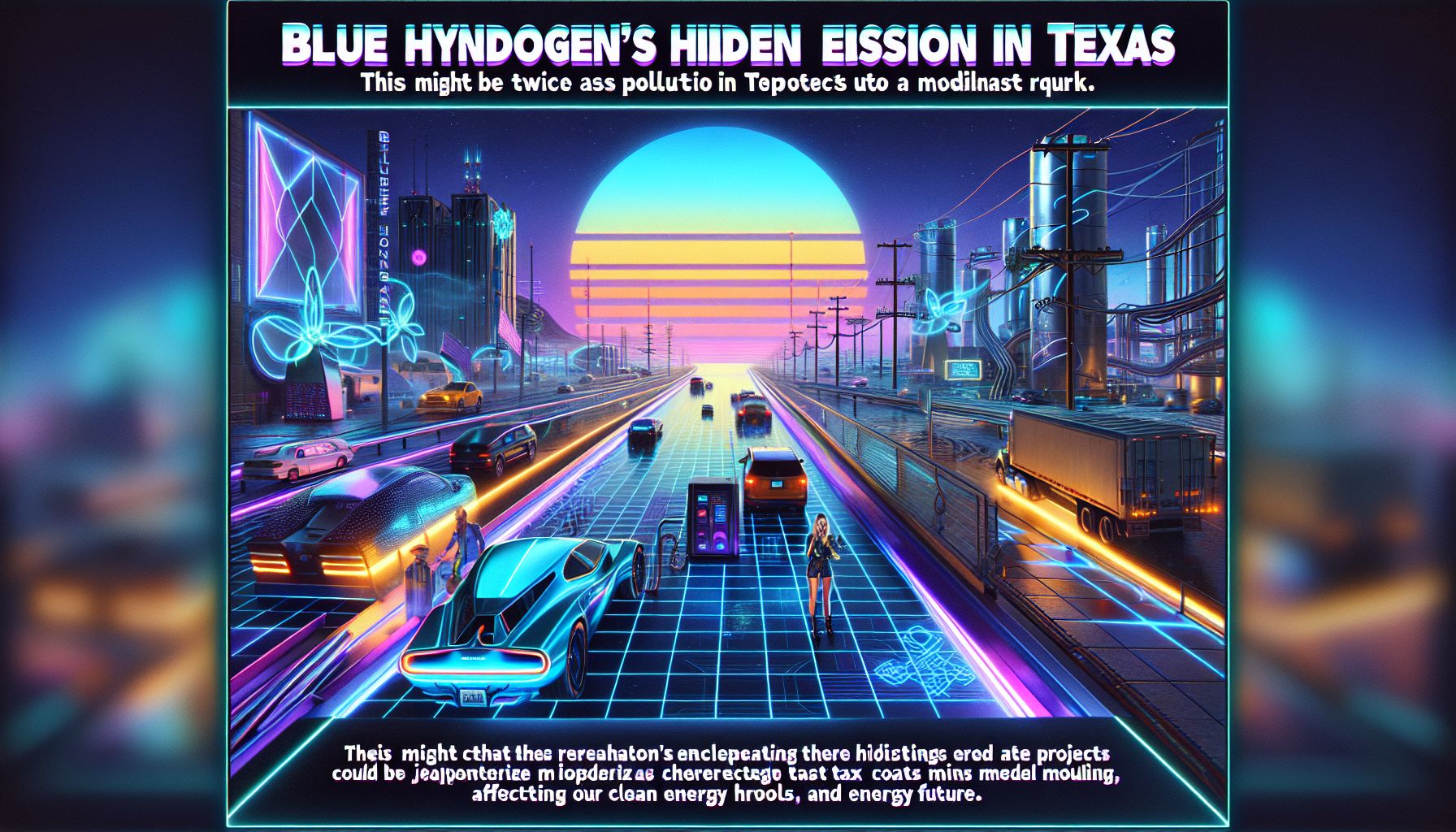Texas-Sized Surprise: Blue Hydrogen's Hidden Emissions Shock

Texas, Tuesday, 15 October 2024.
Blue hydrogen in Texas might be twice as polluting as East Coast projects, thanks to a modelling quirk. This revelation could jeopardise tax credits and derail clean energy plans. I’ll explain why this matters for our climate goals and energy future.
Uncovering the Texan Hydrogen Puzzle
I find it fascinating how something as promising as blue hydrogen could hide such a hefty pollution problem in Texas. The state, known for its vast energy resources, is at the centre of a hydrogen production boom, with companies like Exxon and Chevron eyeing federal grants worth up to $1.2 billion[1]. Yet, there’s a catch—research from the University of Texas at Austin has uncovered that Texas’s natural gas supply chain might be the culprit behind higher-than-expected emissions[2].
The Devil is in the Details
So, what’s going wrong in the Lone Star State? It turns out, the modelling quirk in question is a bit like trying to bake a cake without measuring cups. The federal government’s method for calculating emissions doesn’t fully account for the methane leaks in Texas’s natural gas operations. Methane is a sneaky gas—over 80 times more potent than carbon dioxide in the short term[2]. Without proper accounting, projects using Texas’s natural gas might not meet the federal ‘clean’ standards they’re supposed to[3].
Why Emissions Matter
Now, I know what you might be thinking—why should we care about these emissions? Well, it’s all about the bigger picture. Methane leakage could mean that instead of helping us meet climate goals, these projects might be doing the opposite. The Treasury Department’s draft rules suggest a national average methane leakage of 1%, but the reality in Texas’s Permian Basin is a whopping 5.2%[2]. This miscalculation could lead to blue hydrogen projects that are far from ‘clean’, potentially doubling the pollution compared to those on the East Coast[1].
Implications for Tax Credits
The stakes are high because these modelling errors might affect the allocation of lucrative 45V tax credits. These credits are meant to support projects that truly reduce carbon emissions. If Texan projects appear cleaner than they are, they could unfairly benefit from these incentives, diverting funds from genuinely low-emission projects[1]. It’s a bit like rewarding the student who copied their homework.
The Way Forward
So, where do we go from here? Accurate modelling and measurement of emissions are crucial. This ensures that blue hydrogen can genuinely contribute to decarbonisation goals. If we get it right, Texas could still play a significant role in the hydrogen economy. It’s all about getting the mix just right, like a perfect Tex-Mex dish—balancing the ingredients for the best outcome[2].